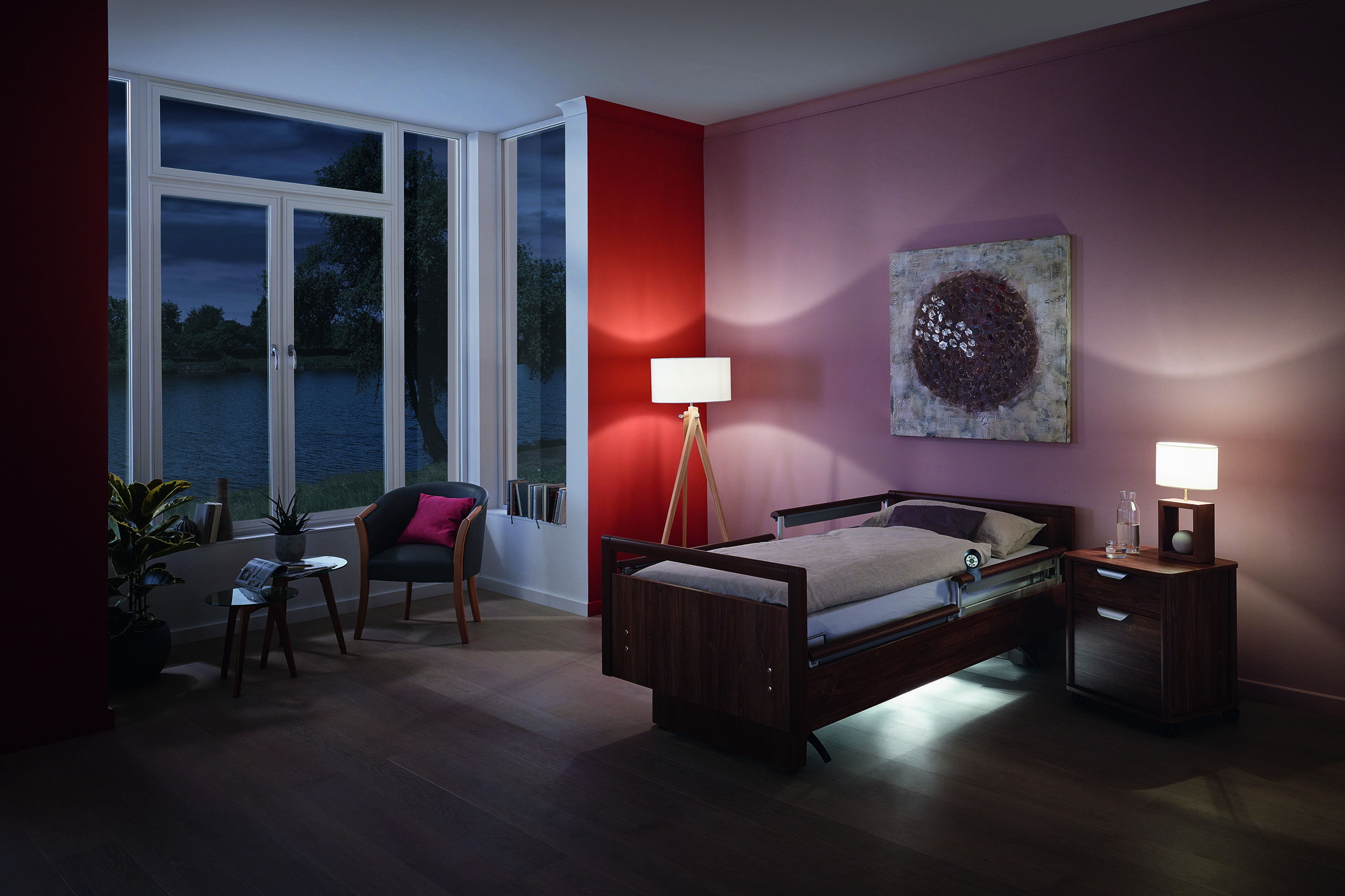Within the last few years, ever more diverse forms of care for those in need of care have emerged and thus an ever wider range. Within this blog entry different (novel) forms of care will be presented. Some of the forms presented as „novel“ have been around for some time, but are sometimes known only to a few.
Assisted living prevents loneliness
A well-known form of care is supervised living. On the one hand, this offers the opportunity to directly benefit from the support of an outpatient nursing service, such as basic care. Many, and presumably even the majority, of residential facilities also offer care facilities to prevent social isolation. The institution organizes, for example, shared coffee or joint excursions.
Assisted living requires a certain amount of self-employment and the progress of various diseases, including neurological diseases (such as dementia), can only be treated to a limited extent. A care, for example, for the finances but excludes a supply in a supervised living under any circumstances.
WGs from professional providers can also supply higher demand
WGs in collaboration with professional providers can also represent far-reaching care situations. Within the shared apartments, several people live together and share an apartment. Either each person has their own room, or several people are provided in a large living room. The latter is mainly found in ventilated persons. Domestic care and social care can be done very well in the apartment in this form of living. This also allows people to be confronted with only a very limited number of people (including those with underlying dementia).
For professionally accompanied WGs, a person is constantly approachable. There are also shared apartments, which are accompanied by an outpatient nursing service only by the hour or activity (for example, the morning basic care).
Dementia villages as a new trial in Germany
The forms of care shown so far are not limited to the supply of certain clinical pictures. Of course, the respective institutions can specialize, but in general the forms can cover all clinical pictures. The probably newest form of care, however, specializes exclusively in the group of people with dementia and tries to master the typical problems in everyday life. The dementia village itself is a certain area in which all needs can be met (such as shopping, hair cutting, etc.) – but accompanied and supervised by the staff working there and limited by a fence on the edge of the area. A detailed description of the dementia village near Hameln can be found here.
The form of care of the dementia village is so far relatively unknown in Germany and therefore little can be said about the form of care. In other countries, such as Holland, it is more common and shows very positive results for the people living with dementia.


